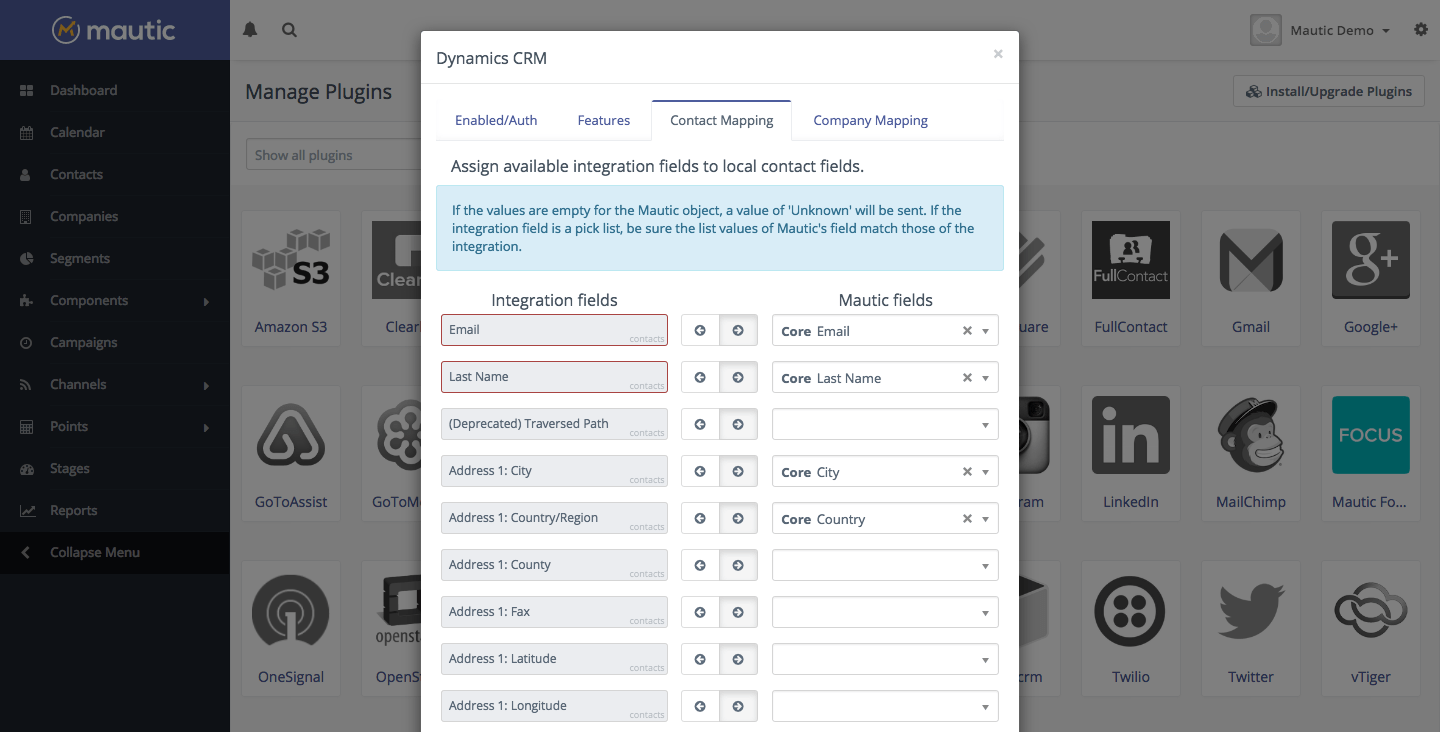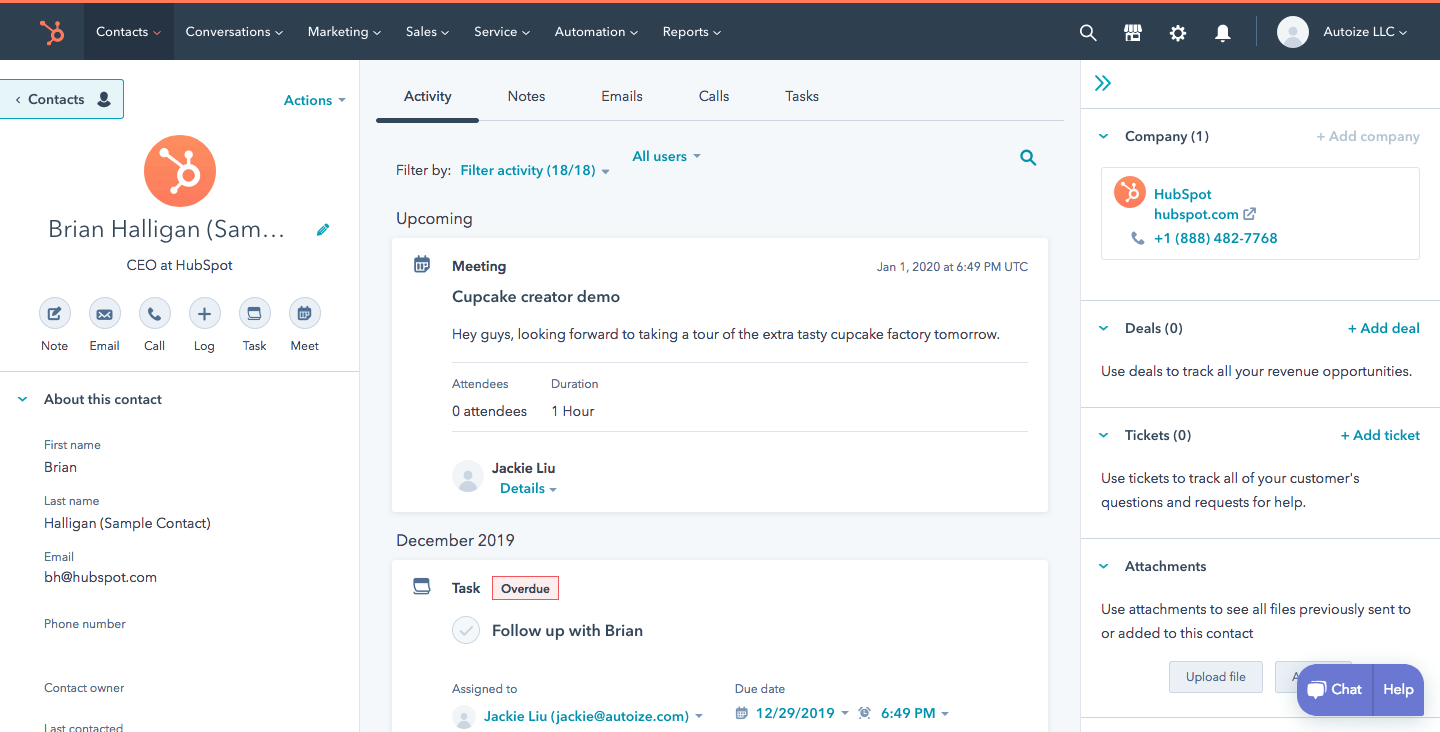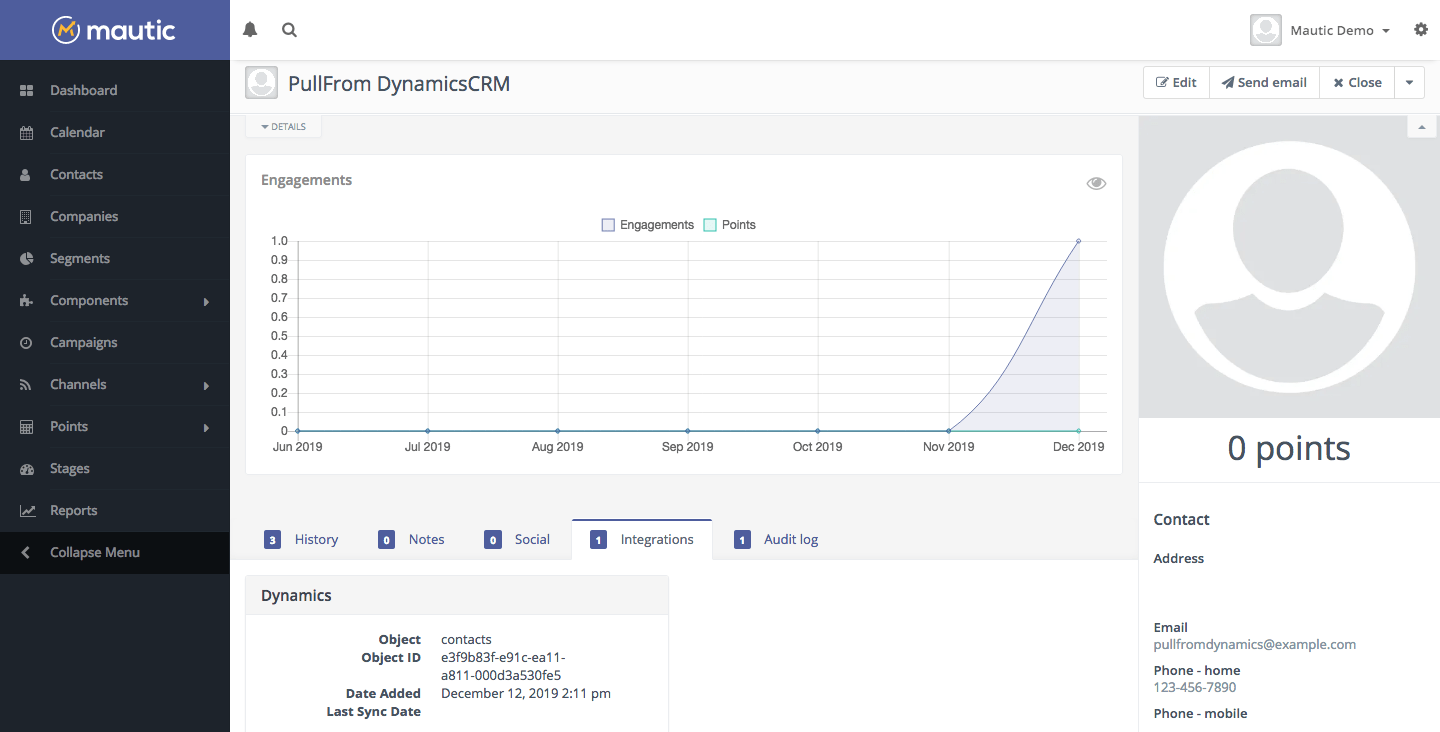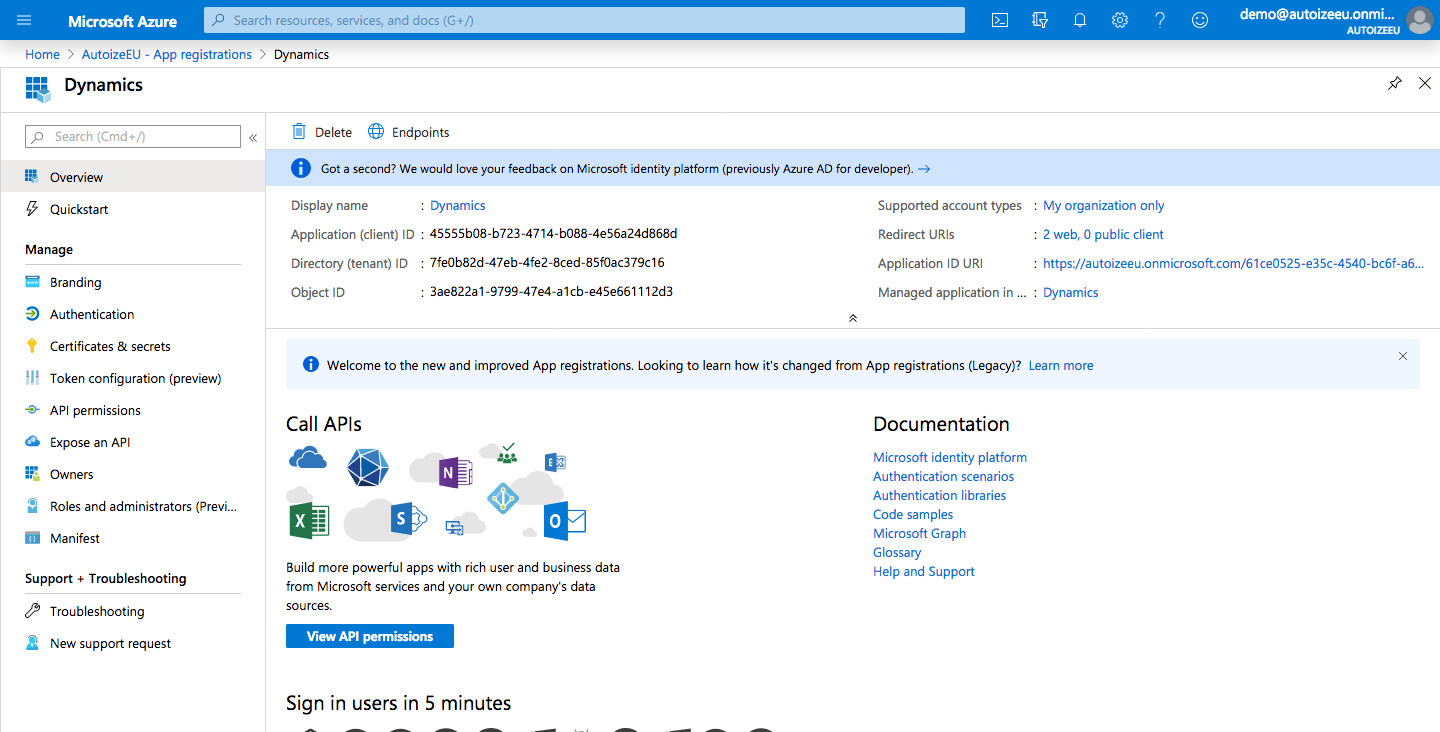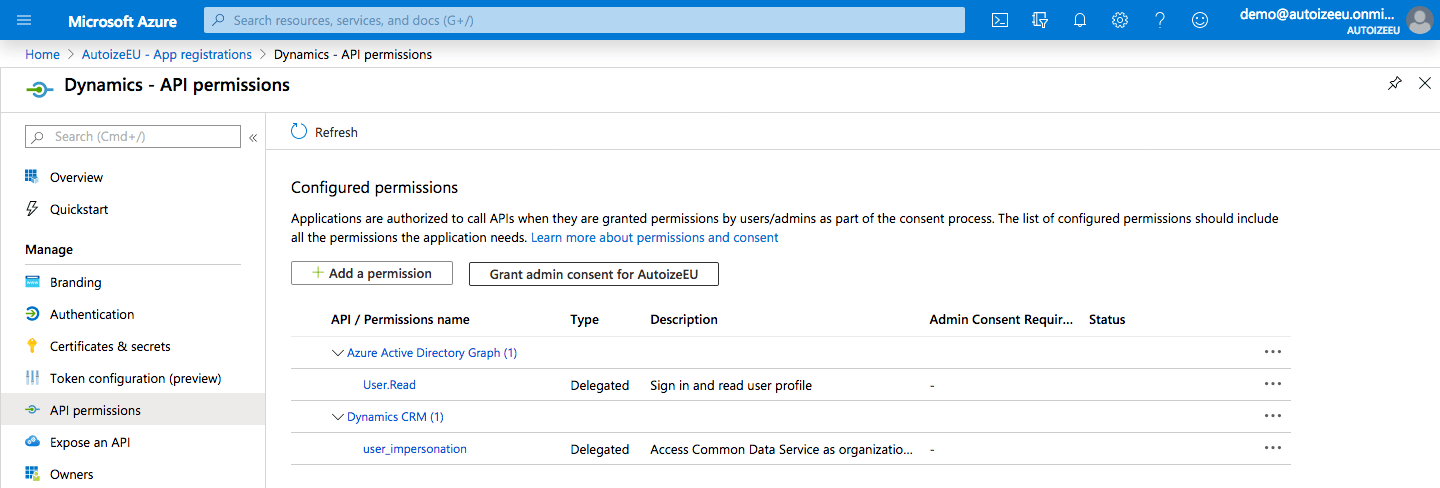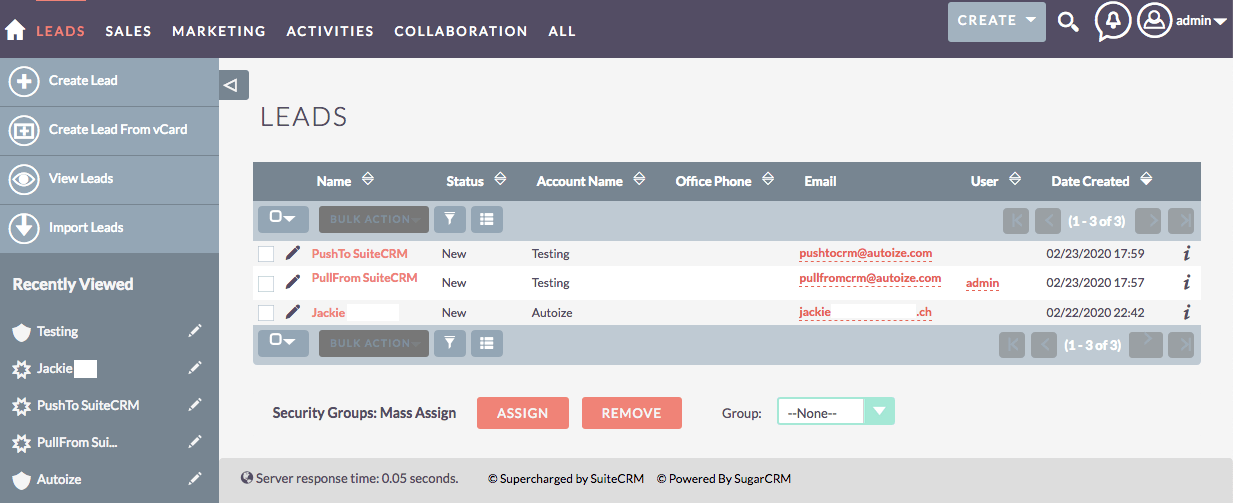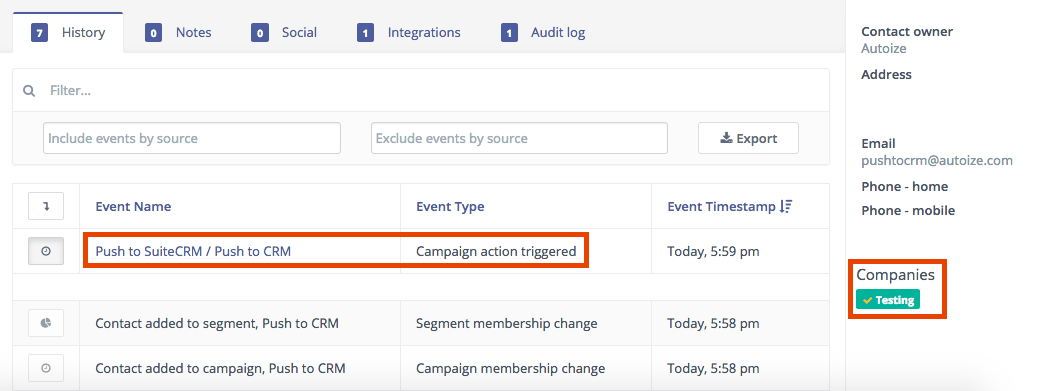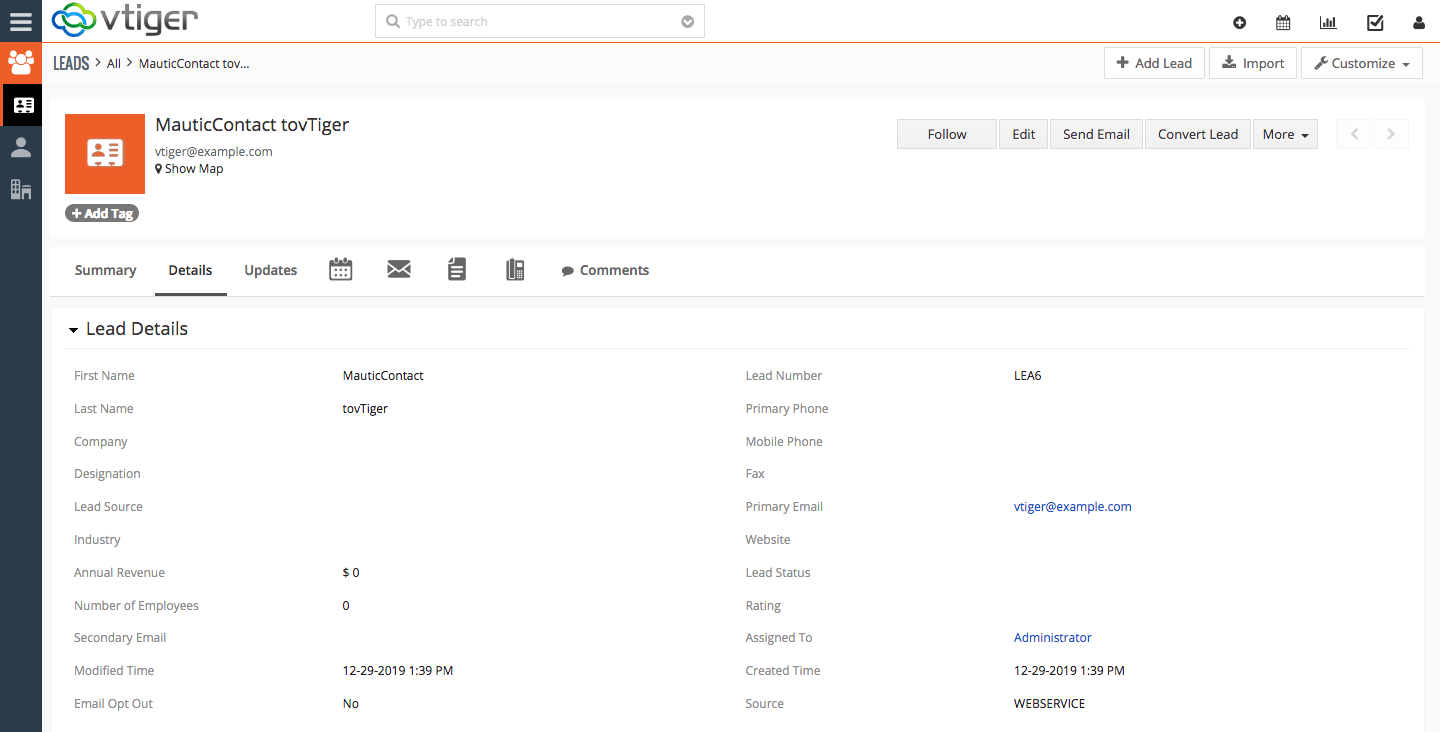Integrating Mautic with CRM Systems
One of the most common integrations that marketing automation buyers look for is with their customer relationship management (CRM) application of choice. There isn’t a “one size fits all” canonically correct way to use a marketing automation together with a CRM, but we can shed some light on best practices for using these related, but distinct systems together.
In a typical sales & marketing organization, both sales and marketing can uncover new leads from their respective activities. For the marketing team, looking for new leads is called lead generation, whereas sales looking for new leads is known as prospecting. On the marketing side, lead generation methods include email marketing, content marketing (e.g. blogs, whitepapers, webinars), SEO (organic search), and PPC (paid search and social). On the sales side, prospecting methods might include events & tradeshows, inside sales (telemarketing), and online (LinkedIn) or offline networking (e.g. Chamber of Commerce).
Marketing Automation vs. CRM – How They Help Marketing & Sales Work Together
In an organization where both sales and marketing teams are tasked with generating new leads, employees will enter information into the CRM or marketing automation system respectively, depending on their role. That’s not to say both systems necessarily need to reflect exactly the same information, with the same set of contacts, at a given time. In general, salespeople are responsible for one-to-one engagement with prospects (e.g. discovery calls, demos, POCs, and price negotiation), whereas marketers focus on one-to-many communications (e.g. email campaigns, PR, and advertising). There is some cross-over between the two teams, especially where sales leads that went inactive are recycled back into marketing-led re-engagement campaigns.
Determining a System of Record for your Mautic & CRM Integration
When integrating a CRM with Mautic (or any marketing automation platform), it’s important to consider the direction(s) in which data needs to flow. Usually the CRM is designated as the “system of record” because leads in the CRM are at a more advanced stage of the buyer’s journey – so-called “sales ready leads.” This means if a record exists both in the CRM and marketing automation platform, updates made to the record on the CRM side are considered authoritative. If the particular integration plugin offers both push and pull functionality, any new contact created in the CRM will be synced over to Mautic (but not vice versa). Only selected contacts who fill in certain “sales ready” forms (completion action) or reach a customizable points threshold (campaign action), trigger the “Push to Integration” action that transfers the lead over to the CRM.
This prevents your CRM from becoming too cluttered with lukewarm contacts who opted-in only on a single form (e.g. email subscribe or asset download). Until they are sufficiently warmed up by engagement campaigns, such as drip email sequences, they should not be pushed over to your CRM – since it’s premature (and potentially off-putting) to have a salesperson reach out to them. Once a contact meets the hurdle rate (i.e. becomes a marketing qualified lead, or “MQL”) to justify a one-to-one “touch” from a salesperson, they’ll be automatically pushed over to the CRM by a Mautic campaign action.
On the other hand, it sometimes makes sense to have new contacts or leads entered into the CRM by a salesperson to be reflected in Mautic. Typically, sales qualified leads (“SQL”) have already had more knowledge about your brand, and its products or services, imparted into them by a personal interaction. Marketing automation can give your sales team an “assist” by keeping sales leads warm & engaged while salespeople work through the sales cycle with the numerous leads and opportunities in their pipeline. Furthermore, if a salesperson identifies a change in a prospect’s contact details (e.g. phone number), the information can be automatically reflected over into Mautic by select integrations.
Supported (Tested) CRM Integrations with Mautic
As an open source project, the Mautic integration plugins that facilitate data exchange with CRMs are maintained by the community. When an API from a CRM vendor changes, there can sometimes be a delay before the corresponding Mautic plugin is updated to properly support that change.
As the leading Mautic consultant & systems integrator, we are providing the list below to summarize the best CRMs to integrate with Mautic and any limitations. We will re-test the functionality of the integrations, and add new integrations to the list from time-to-time.
HubSpot CRM
Recommended Free CRM (SaaS) for SME Mautic Users
HubSpot Sales Hub is a free, software as a service CRM which although aimed at small to medium businesses, supports unlimited users and up to 1,000,000 (1 million) contacts. As a standalone app, it is not necessary to subscribe to HubSpot’s marketing automation offering to use Sales Hub. Obviously, HubSpot’s goal is to get you into their ecosystem and upsell you to the paid editions of their Marketing Hub, but HubSpot CRM is a “free forever” offering that can be used for free with Mautic indefinitely.
Small businesses with limited IT knowledge will appreciate that HubSpot CRM is a SaaS, meaning that they won’t have to manage the servers for their CRM in addition to Mautic.
If you have ever used any of HubSpot’s products before, you will immediately recognize the iconic “HubSpot orange” in the Sales Hub dashboard. The dashboard has separate modules for Contacts and Companies objects, which can both be synced with Mautic Contacts and Companies.
As soon as you get your HubSpot API key, authorize the plugin, and publish the HubSpot CRM integration from Configuration > Plugins in Mautic, the sample data from the CRM including a contact record for Brian Halligan (HubSpot Inc.’s CEO) will be pulled into Mautic (assuming you’ve checked the Pull contacts from integration option in Mautic, and set Integration as the system of record for the Email Address field, which serves as the unique identified).
Note that the integration cron jobs (mautic:integration:fetchleads --integration=Hubspot and mautic:integration:pushactivity --integration=Hubspot) for HubSpot need to be configured on your Mautic server, in order for contact fetch and sync from HubSpot to take place. Another thing to be aware of with HubSpot CRM is that the Company Name field in a Contact object can be different than the name of the Company object that contact is associated with. If the Company Name (e.g. HubSpot) and Company (e.g. HubSpot, Inc.) are not exactly identical in HubSpot CRM, this can lead to duplicate companies being created in Mautic for a contact – so pay special attention to that.
To smooth the workflow transferring MQLs from Mautic to your BDRs or account executives, the HubSpot CRM integration with Mautic fully supports push to integration by form action (immediately upon submission) or triggered campaign action (when criteria such a points threshold are met).
Microsoft Dynamics CRM (Sales Hub)
Recommended CRM (SaaS or On-Premises) for Enterprise Mautic Users
Microsoft Dynamics is a proprietary CRM and ERP system which can be deployed as a hosted application as part of Microsoft Dynamics 365, or on-premises on your own Windows Server / IIS / Active Directory infrastructure. Sales Hub is the CRM portion of the suite aimed at sales & marketing teams, which will likely be of the most interest for those looking to integrate Mautic with an enterprise-grade CRM.
The most straightforward way to try Sales Hub is signing up for a Dynamics 365 “free trial” subscription for 30 days, which can be fully integrated with Mautic (even in trial mode). When activating the trial, make sure you select Sales Hub as one of the products you wish to try. The trial instance comes with sample contacts, leads, and companies pre-loaded by Microsoft, so if you’re trying Dynamics CRM with a production instance of Mautic (with the Pull contacts from integration option checked and cron jobs configured), it can clutter up your Contacts in Mautic. It may be preferable to set up a staging instance of Mautic to evaluate Dynamics, or contact us for a demo.
In the current, stable version of Mautic (2.15.3), the Dynamics integration plugin can only sync with the Leads object in Dynamics, but not Contacts. Since many users want to sync Mautic contacts <=> Dynamics contacts, fortunately our team was able to backport a pull request from the development branch of Mautic (2.16.0-dev) which enables syncing with Leads, Contacts, or both. If desired, the updated plugin also identifies duplicates (by email address) against both Leads and Contacts.
Authorizing Mautic to access the data within Dynamics CRM is somewhat more complex that setting up other CRM connectors, due to Microsoft’s Azure Active Directory (Azure AD) IAM system. With the same Microsoft Account you use for your Dynamics subscription, you have access to the Azure dashboard where you need to create an app registration, specify your Dynamics instance as the Sign-on URL, generate an API key, copy & paste the Reply URI from Mautic, and grant permissions to “Dynamics CRM Online” within Azure AD.
After Mautic is authorized and authenticating properly to Dynamics CRM, any new contacts and/or leads that are created in Sales Hub will be automatically synced over as Mautic Contacts. Also, any changes made to the mapped fields from the CRM side (e.g. phone number) should sync over to Mautic – for records that exist on both sides.
Note that only contacts and/or leads created fairly recently in Dynamics will be pulled into Mautic, unless you manually specify a longer duration by passing a --time-interval flag to the Dynamics integration cron job (mautic:integration:fetchleads -i Dynamics). If you recently created your Sales Hub, the default should sync all the pre-loaded contacts and/or leads.
SuiteCRM
Recommended CRM for a 100% Open Source Marketing & Sales Stack
Read our article on integrating SuiteCRM and Mautic to achieve a 100% open source CRM and marketing stack with no limits on leads/contacts. Also, learn about the full stack marketing reseller cluster that enables marketing agencies & consultants to spin up new instances of Mautic and SuiteCRM in minutes – using Docker.
vTiger
Open Source CRM for Pushing Mautic Contacts to vTiger Leads
vTiger is an open source CRM forked from SugarCRM, available as a cloud or open source (self-hosted) edition. The Mautic vTiger plugin is compatible with both. Mautic supports a one-way integration where Mautic contacts can be pushed into VTiger’s Leads module by the a) “Push Contact to Integration” form action b) campaign action, triggered by Mautic decisions or conditions.
If you value running a 100% open source marketing & sales stack, integrating Mautic with vTiger might be for you. Compared to the other integrations above, the vTiger plugin is designed for one-way push from Mautic => vTiger’s Leads (not Contacts) module only. This is the simplest integration for companies with a basic sales & marketing workflow that follows a linear process, where leads are acquired through Mautic contact forms, then handed over to the sales team as soon as they become “sales ready.”
A CRM specific integration cron job is not needed for using the vTiger integration plugin; Only the usual Mautic cron jobs such as mautic:segments:rebuild, mautic:campaigns:build, mautic:campaigns:trigger must be in place. For this reason, the vTiger plugin does not automatically provide continuous updating of the mapped fields, but only a one-time push from Mautic => vTiger. If the updated contact details from Mautic should ever be reflected in vTiger, the contact canbe pushed again with the “Push Contact to Integration” action, and the records will be automatically merged based on the primary email field (unique identifier). A Mautic campaign can be scheduled to do this for selected segments (i.e. Contact Source) at a regular time interval (e.g. hourly or daily).



